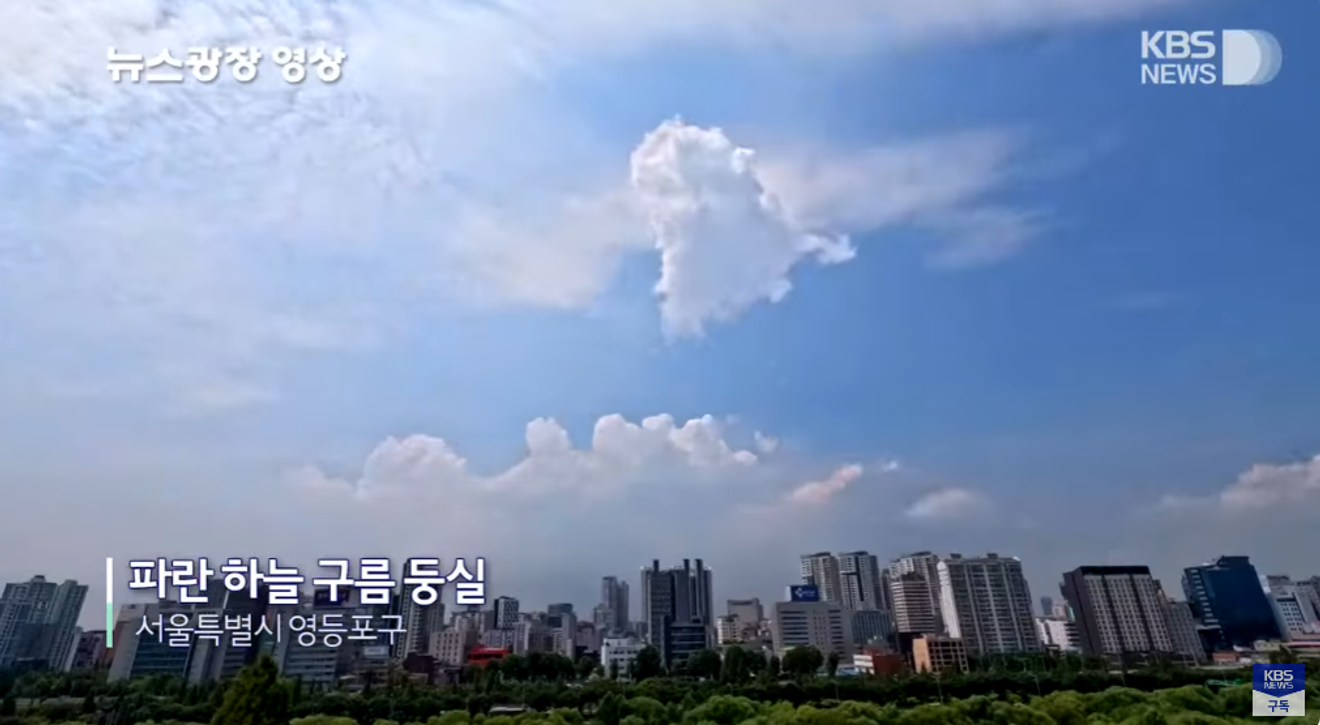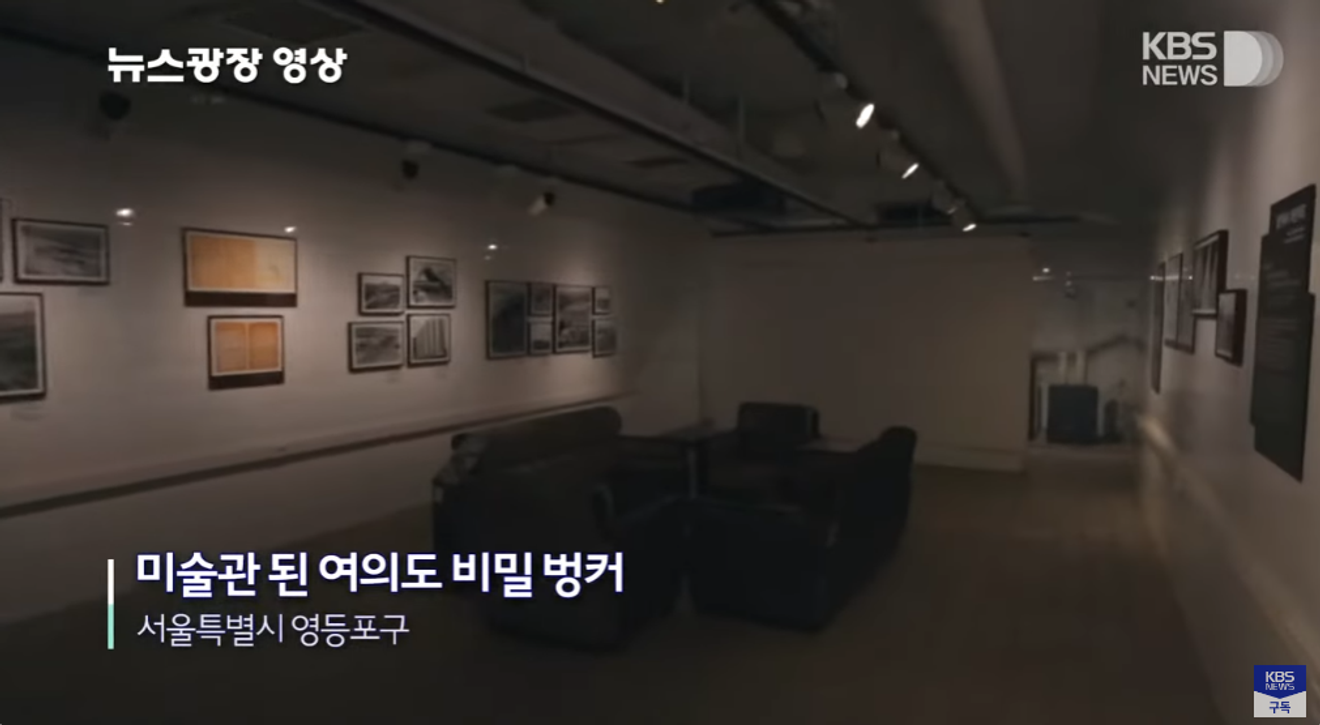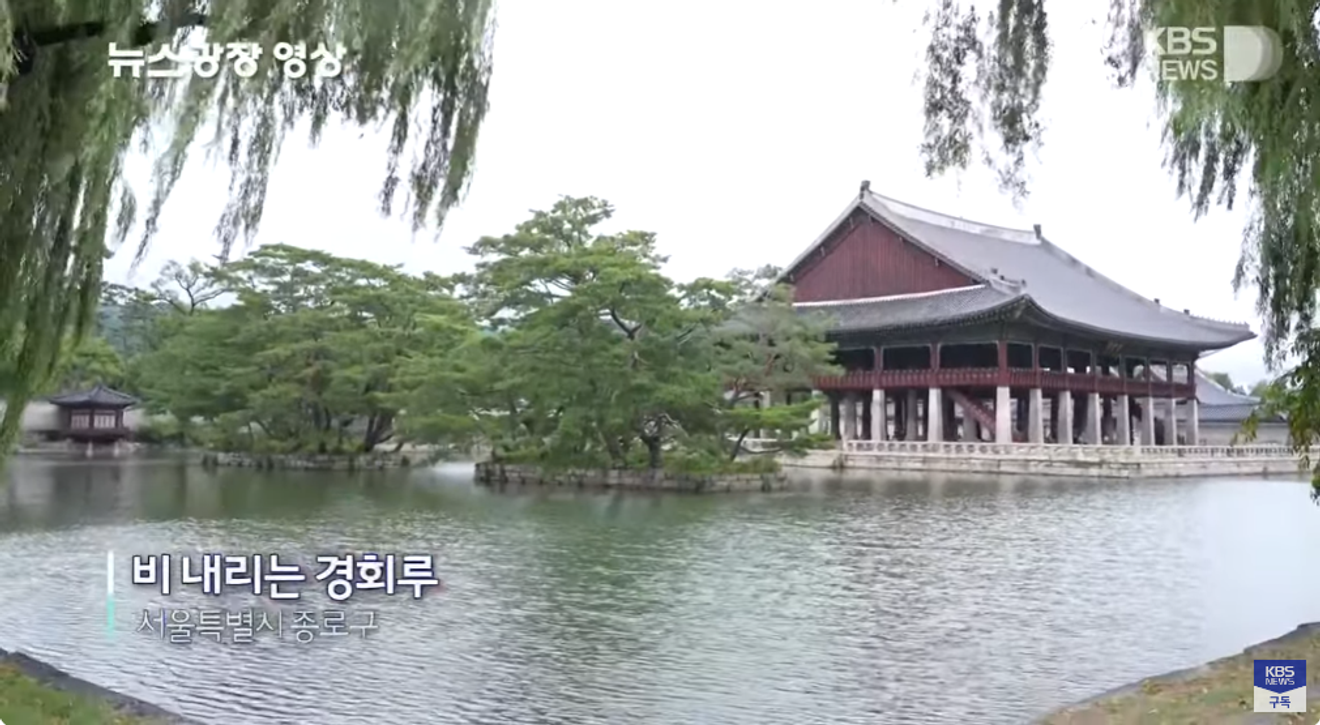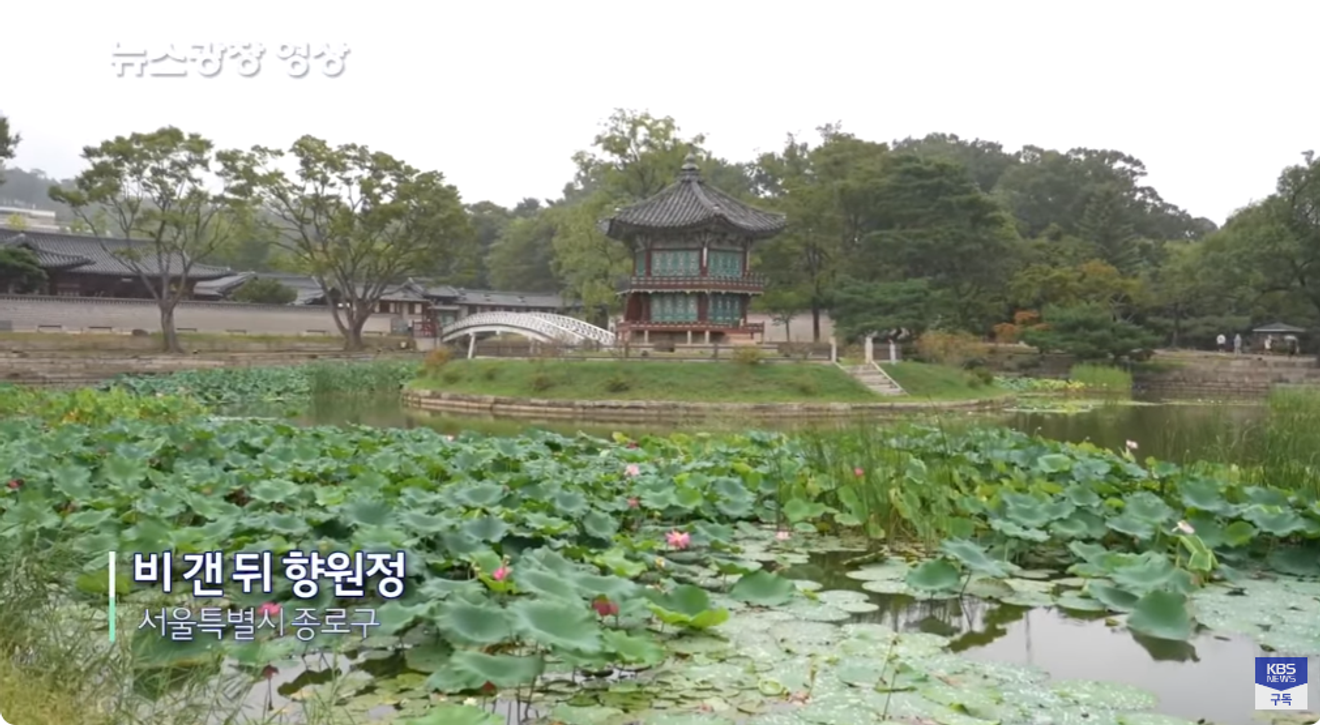- Haven't Found Your Next Travel Destination? KBS News Plaza, 20-Second Look at <Hidden Travel Gems> July 1st Week
- Discover 7 hidden travel gems featured on KBS News Plaza. Explore locations like Sujongsaji Temple, Daewangam Rock, and the Garden of Water, each offering unique charms.
The second week of September, as Chuseok (Korean Thanksgiving) approaches.
It felt like autumn was coming, but summer came back again 😰
It's September, but we're experiencing 'tropical nights' and 'heatwave warnings'... Climate change is becoming even more concerning.
I hope everyone has a healthy and happy Chuseok holiday.

Source: KBS
Yeouido
Address: Yeouido, Yeongdeungpo-gu, Seoul
Yeouido is home to famous large shopping malls, and it's a great place to visit with its abundance of restaurants and cafes.
Furthermore, with the arrival of a season perfect for walks and picnics in parks like Hangang Park and Yeouido Park, why not pay a visit?
Don't forget aboutSeoul Dalthat we introduced in July!

Source: KBS
Gapyeong Water Leisure
Address: Gapyeong-eup, Gapyeong-gun, Gyeonggi-do

Google Maps
Gapyeong, located near Seoul, is a place where you can enjoy various water leisure sports.
Even though it feels strange to say '<Goodbye to the heat!>', summer hasn't quite ended yet, so how about taking a final dip in the water?

Source: KBS
SeMA Bunker
Located right next to Yeouido Park, the SeMA Bunker is a facility that symbolizes the hardships of Korea's modern and contemporary history.
It is an art space that showcases special exhibitions of historical galleries along with projects reflecting the aesthetic characteristics and location of the space.
Presumed to have been built during the military regime of the 1970s, the bunker
was discovered during a site investigation for the construction of the Yeouido Transfer Center in 2005.
It was designated as a Seoul Future Heritage in 2013 andis managed as an exhibition space by the Seoul Museum of Art.
The approximately 495㎡ exhibition hall is a space where contemporary art exhibitions such as photography, video, and installations are possible, as well as various programs.
The approximately 65㎡ History Gallery is a space that preserves and reinterprets the identity of the SeMA Bunker,
exhibiting related materials to recall or revisit the history of the bunker, and it's also used as a space to showcase
planned exhibitions and the SeMA Bunker Archive Project.
It's located right next to the bus stop, and admission is free.
(Source: Korea Tourism Organization)

Source: KBS
Gyeongbokgung Palace's Gyeonghoeru Pavilion
Address: 161 Sajik-ro, Jongno-gu, Seoul
Gyeongbokgung Palace's Gyeonghoeru Pavilion, a majestic pavilion of the largest scale in the Joseon Dynasty
It is the largest pavilion in the Joseon Dynasty, used to host banquets on auspicious national occasions or to welcome foreign envoys.
History and Architecture
Construction: It was rebuilt on a larger scale in 1412 during the reign of King Taejong of Joseon, with the expansion of the pond.
Imjin War: It was destroyed by fire and rebuilt in 1867 during the reign of King Gojong.
Scale: It's a two-story building with 7 bays in the front and 5 bays on the side, boasting a magnificent scale.
Roof: It features a hip-and-gable roof, exhibiting an elegant appearance.
Brackets: It utilizes simple brackets, giving it a clean and neat impression.
Pillars: The exterior features square pillars, while the interior uses round pillars, creating a varied atmosphere.
Floor: The first floor is paved with square bricks, and the second floor with wooden planks. The height of the planks varies, indicating social hierarchy.
Architectural Features and Value
The epitome of late Joseon Dynasty pavilion architecture: It showcases the characteristics of late Joseon Dynasty pavilion architecture, which is simple yet ornate.
Magnificent scale and beautiful proportions: It's the largest single-plane structure in Korea and boasts beautiful proportions.
Harmony of diverse architectural elements: Various architectural elements harmoniously blend together to achieve perfect aesthetics.
Historical Significance
Symbolizes the majesty and authority of the royal family: As the venue for important national events, it symbolizes the majesty and authority of the royal family.
The pinnacle of Joseon culture: It's a space where diverse cultural elements of the Joseon Dynasty, including architecture, landscaping, and painting, are concentrated.
Today, Gyeonghoeru Pavilion is a popular tourist destination and a symbol of Korean culture.
Special Viewing of Gyeonghoeru Pavilion in Gyeongbokgung Palacewill operate from August toOctober in the latter half of the year.
Closed every Tuesday and on national holidays.
Operating hours are 4 times a day (10:00, 11:00, 14:00, 16:00).
Enjoy a guided tour inside Gyeonghoeru Pavilion for about 40 minutes with special commentary by a guide.
Admission is free (separate admission fee for Gyeongbokgung Palace).
You must make apre-reservation onlinethrough the Gyeongbokgung Management Office website to participate.

Source: KBS
Gyeongbokgung Palace's Hyangwonjeong Pavilion
Address: 161 Sajik-ro, Jongno-gu, Seoul
Gyeongbokgung Palace's Hyangwonjeong Pavilion, a beautiful royal garden
Hyangwonjeong is a two-story pavilion located in the northern rear garden of Gyeongbokgung Palace, where the Joseon royal family used to relax.
Its hexagonal shape, surrounding pond, and garden harmoniously blend together, preserving the dignity and beauty of the Joseon royal family.
to this day.
· History and Significance of Hyangwonjeong
Background of Construction: In 1873, King Gojong built Gyeoncheongung Palace and created Hyangwonjeong as part of the complex, seeking independence from his father Heungseon Daewongun's interference and establishing a personal rule.
Origin of the Name: 'Hyangwon (香遠)' means 'fragrance reaching far,' a phrase borrowed from Zhu Xi's 'Praise of the Lotus' during the Northern Song Dynasty.
Restoration Process: While parts of it were destroyed during the Korean War, it was restored to its original form in 2021.
Particularly, the wooden bridge, 'Chwihyanggyo,' leading to Hyangwonjeong, was also restored, adding to its charm.
· Architectural Features of Hyangwonjeong
Perfect Harmony of Hexagons: All elements, including the hexagonal foundation stones, floor plan, and roof, are designed in a hexagonal shape,
creating a harmonious beauty.
Delicate Carvings and Decorations: Pillars, windows, and roofs are adorned with intricate carvings and decorations, adding to the luxurious ambiance.
Harmony with Nature: Blending with the surrounding pond and garden, it offers a sense of serenity as if nestled in nature.
· Historical Value of Hyangwonjeong
Symbol of Joseon Royal Culture: It's a precious cultural heritage that provides a glimpse into the lifestyles and culture of the Joseon royal family.
Example of the Development of Architectural Technology: It exemplifies outstanding architectural technology and artistry.
Hyangwonjeong is a valuable heritage that embodies the history and culture of the Joseon royal family, beyond being just a structure.
Its architectural beauty, harmonizing with the stunning natural surroundings, offers tranquility and peace to modern individuals.
If you visit Gyeongbokgung Palace, make sure to stop by and experience the beauty of the Joseon royal family!
Comments0